The people living in hilly regions and the country at large demand that the Govt adopt a pro-people and pro-nature development model instead of a pro-corporate one
The recent havoc in the Chamoli district of Uttarakhand — where a large part of the Nanda Devi glacier fell into the Alaknanda stream near Joshimath and caused severe flooding that resulted in the hydropower projects of Rishi Ganga and NTPC Tapovan Vishnugad plus many buildings being destroyed and scores of people being killed — has raised the pertinent question: Is this development or the destruction of the environment and people? The Chamoli incident has brought back the traumatic memories of the June 2013 tragedy when the Mandakini river was suddenly flooded after a cloudburst and the flow of water killed more than 5,000 people and left millions stranded in floodwater for days. The fact remains that though Uttarakhand is blessed with natural beauty and invaluable resources such as dense forests, rivers and mountains, it has a very fragile ecosystem. Hence, the State is prone to natural disasters. An earthquake of the magnitude 6.8 on the Richter scale hit the district of Uttarkashi in 1991, killing hundreds of people and destroying thousands of houses. Another earthquake in 1999 in Chamoli killed hundreds, too. The entire Malpa village of Pithoragarh was devastated by a massive landslide in 1999 and 250 people lost their lives.
Though earthquakes, cloudbursts, landslides, massive avalanches and other natural disasters have been a part of natural processes in Uttarakhand for centuries, the increase in their frequency and depth of intensity is due to human activities. The natives of Uttarakhand are acutely aware and have widespread knowledge about the fragility and eco-sensitivity of their environment. For centuries they have lived in harmony with the environment, but now, this stability is being threatened by indiscriminate development and flagrant violation of environmental rules. They have been trying to save their State for a long time.
As early as June 1950, Mira Behn, an environmental activist of Garhwal, published an article titled ‘Something is wrong in the Himalayas’ documenting that the flash floods in Uttarakhand are bound to wreak havoc as the sensitivity of the environment is being overlooked during the economic development process. Later, she also wrote to Prime Minister Rajiv Gandhi on the issue. It is pertinent to note that the site of the recent mishap is the cradle of the Chipko Movement that was initiated to save trees from commercial lumber firms. The first protest occurred near the village of Mandal in the upper Alaknanda valley in April 1973. Alas, governments past and present have neither listened to the cries of locals and environmental activists nor learnt any lessons from the tragedy of 2013. Still, more than 50 hydroelectric projects are underway on the Alaknanda and Bhagirathi rivers, even though a committee of experts warned that such projects were a threat to the State and its frail ecology.
In fact, Uma Bharti, a senior BJP leader and former Water Resources Minister, in her time had requested the Centre not to build power projects on the Ganga river and its major tributaries since the Himalayas are a fragile area. Following the recent catastrophe in Uttarakhand, the Government needs to seriously reconsider its stance on building hydroelectric dams in the region. It should no longer ignore the advice and warnings of experts. Magsaysay Award winner Chandi Prasad said that he had written a letter to the then Environment Minister in 2010 warning about the adverse effects of hydropower project on Rishi Ganga. His worst fears were realised in 2021. He claimed that if his warning had been heeded in 2010, the catastrophe would have been prevented. Rising temperatures are melting the glaciers rapidly and, according to a report by the International Centre for Integrated Mountain Development (ICIMOD), this melting doubled between 1980-2005. Even if the Government cuts greenhouse gas (GHG) emissions in accordance with the Paris Climate Agreement, one-third of the glaciers of the Himalayan and Hindu Kush mountain ranges will melt by the end of the 21st century. Hence, urgent action needs to be taken sooner as natural disasters are likely to increase with temperature rise.
An increase in natural disasters in India is a result of climate change, but an increase in their impact is due to overexploitation of natural resources. The Centre and State Governments have been pursuing pro-corporate development by ignoring environmental norms.
Uttarakhand is inviting climatic tragedies and destroying its beauty by regularly flouting the Environmental Impact Assessment Laws to build a 900-km-long stretch of the Char Dham route. Shockingly, these roads pass through an environmentally-sensitive zone. The construction of this 900 km stretch was done by dividing it into 53 small sections.
The Environmental Impact Assessment Department’s permission has to be sought to construct more than 100 km of a road that is passing through environmentally sensitive areas. This road’s width is being kept at 12 metres, for which land with a width of 24 metres would be required. Significantly, most European countries have kept the width of their roads in the mountains to eight metres.
In the aftermath of the February 7 catastrophe, Prime Minister Narendra Modi had said that the country stands by Uttarakhand. He also announced financial assistance to the families of the victims. But such promises and financial aid are of no use for Uttarakhandis as continuous negligence of environmental regulations by successive governments has led to repeated natural disasters. A few lakhs in assistance from the Centre and State won’t help people rebuild their houses or bring back their loved ones. To prevent such emotional and financial losses to the people, the Government should mend its pro-corporate economic development methods.
The massive loss of life and property resulting from natural disasters should serve as a warning signal to the Central Government and make it realise that it must strictly abide by environmental norms. However, the Government seems to be in no mood to hear the alarm bells as the Central Government is planning to relax environmental standards for Mopa Airport in Goa, sand mining in Uttar Pradesh, Sterlite Copper in Tamil Nadu and construction activities in and around Delhi, which have been blocked by the Supreme Court and the National Green Tribunal. Meanwhile, the NITI Aayog — the Government’s apex think tank — has commissioned a study that seeks to examine the “unintended economic consequences” of judicial decisions that have hindered and stalled big projects on environmental pretexts.
If mountainous areas of the country, including Uttarakhand and their people, are to be saved, then it is incumbent upon the Central Government not to carry out development work in these areas without seeking the opinions of geologists and the locals.
The Government should immediately ban unsustainable development projects in the hilly regions, be it the Char Dham route or hydropower projects. If this does not happen, the people of these areas will be forced to endure frequent natural disasters in the future. The people living in the hilly regions and the country at large demand that the Central Government adopt a pro-people and pro-nature development model instead of a pro-corporate economic development one.
Kaur is professor, Department of Geography, Punjabi University, Patiala, and Visiting Professor, IMPRI, while Kumar is Director, IMPRI. The views expressed are personal.







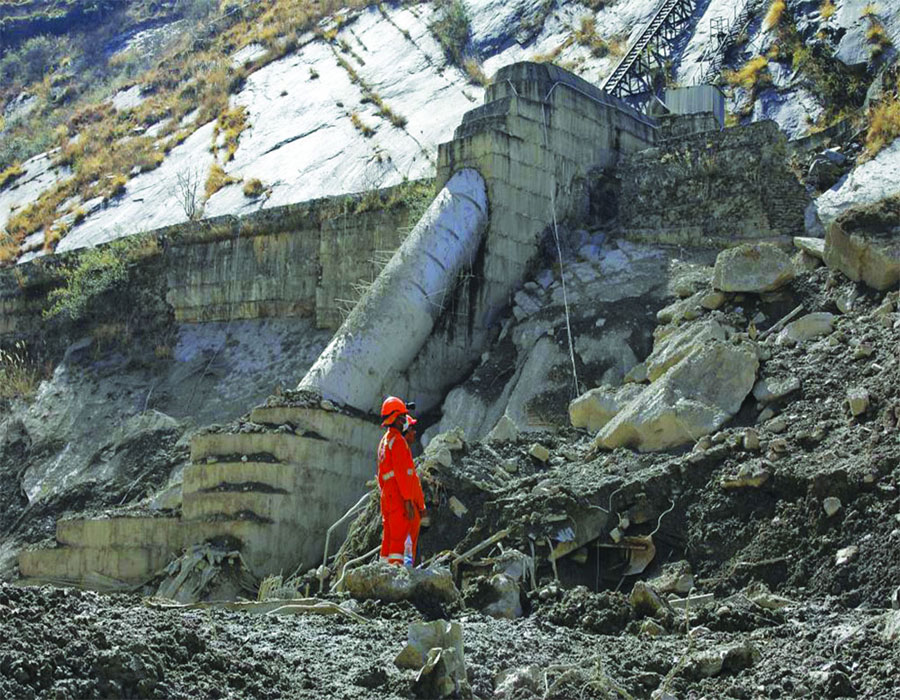
 OpinionExpress.In
OpinionExpress.In
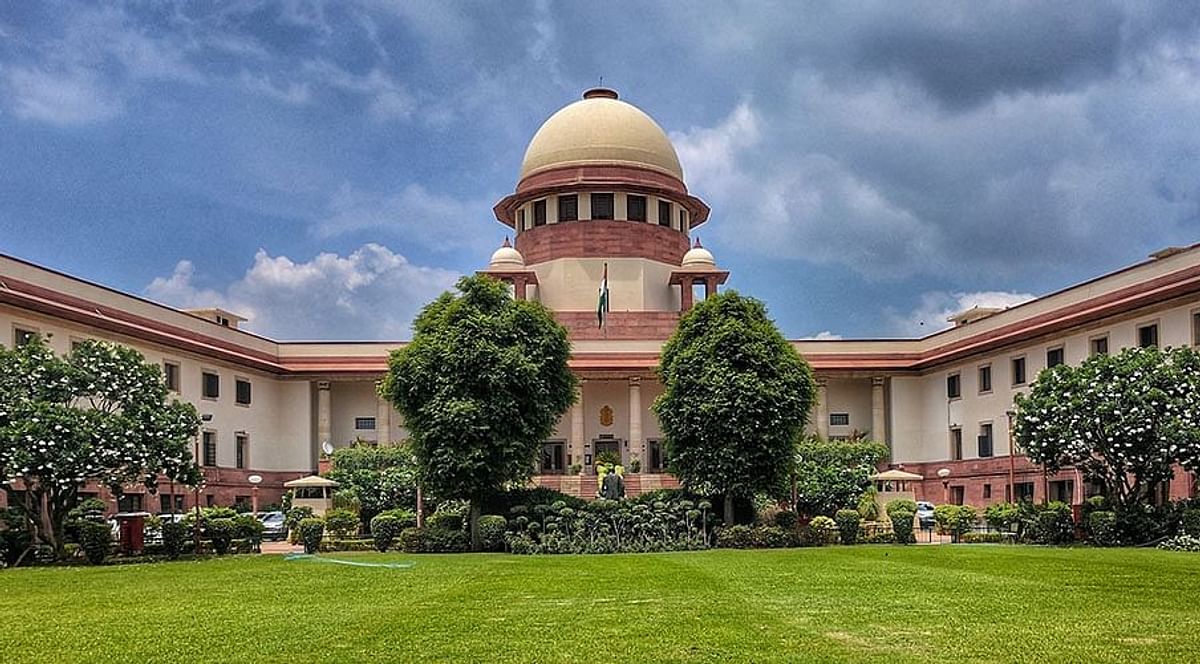
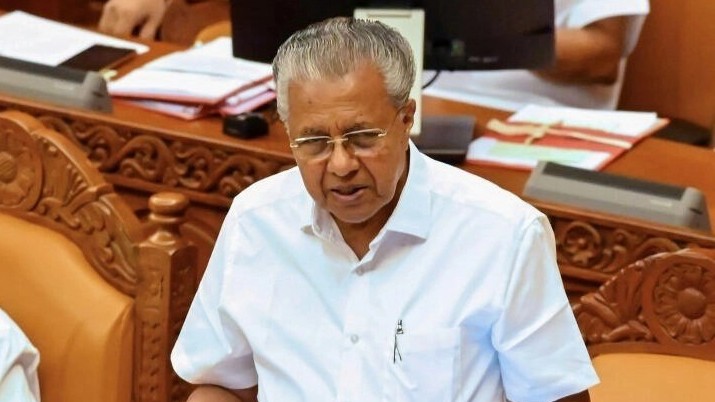
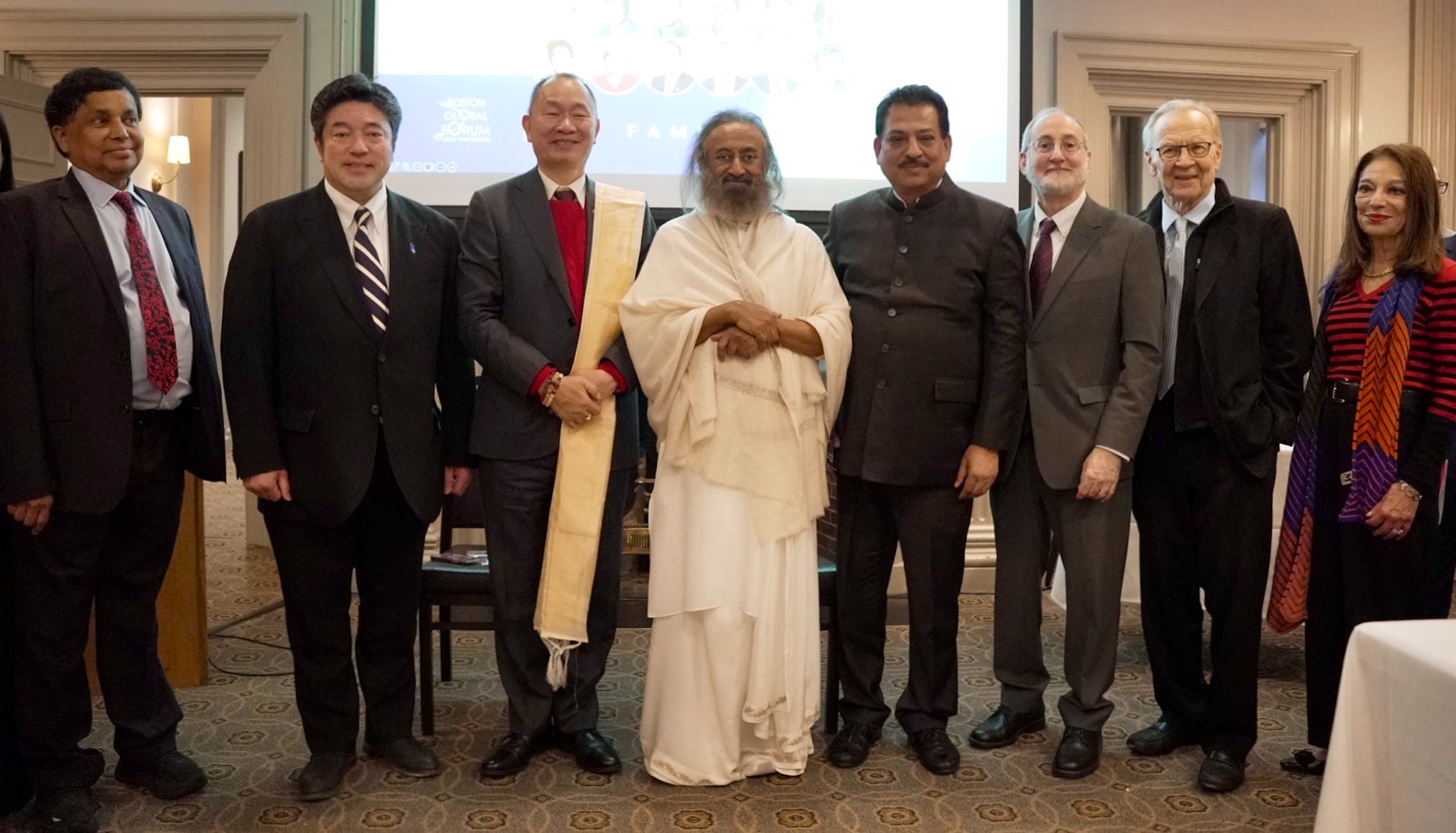

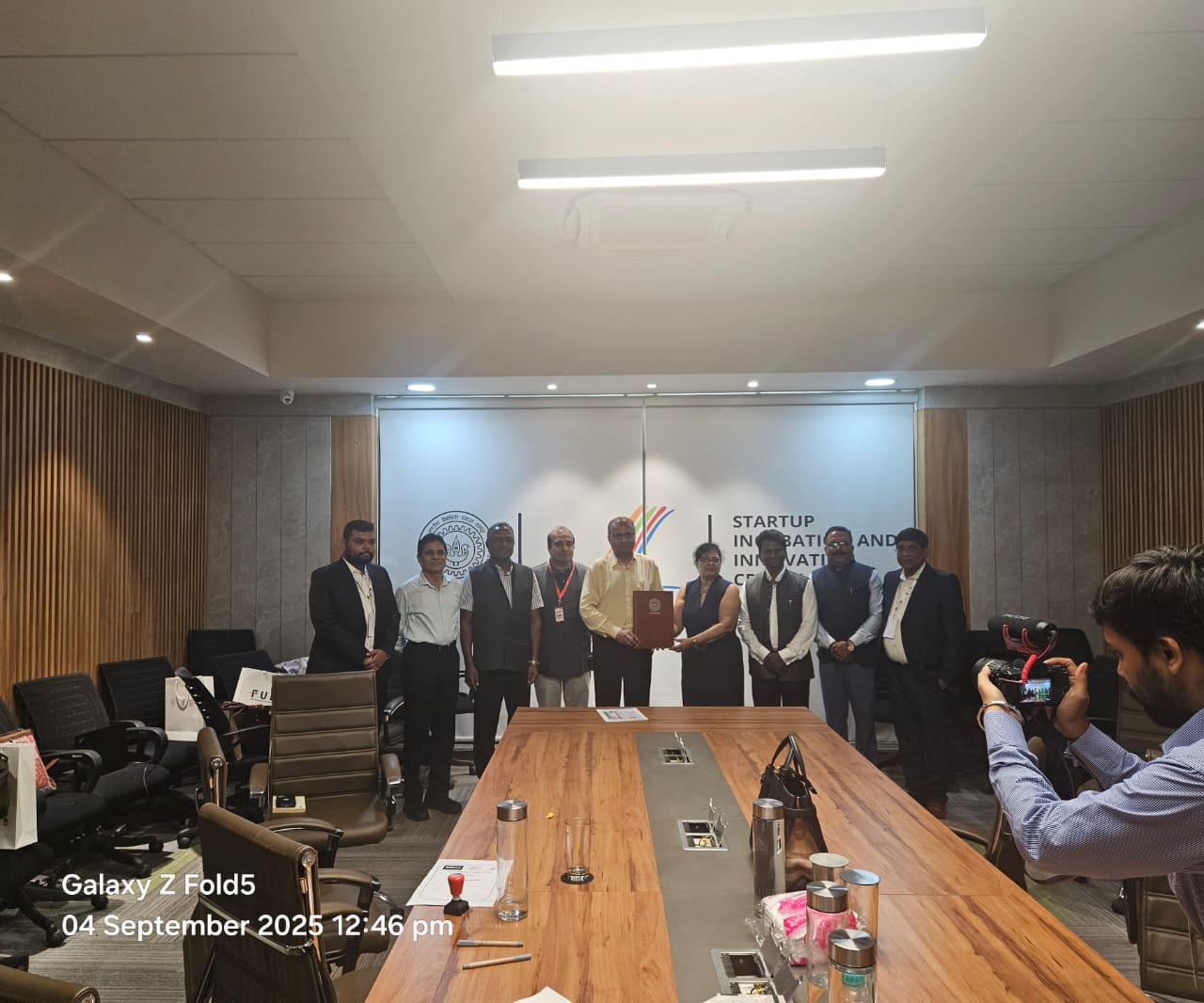

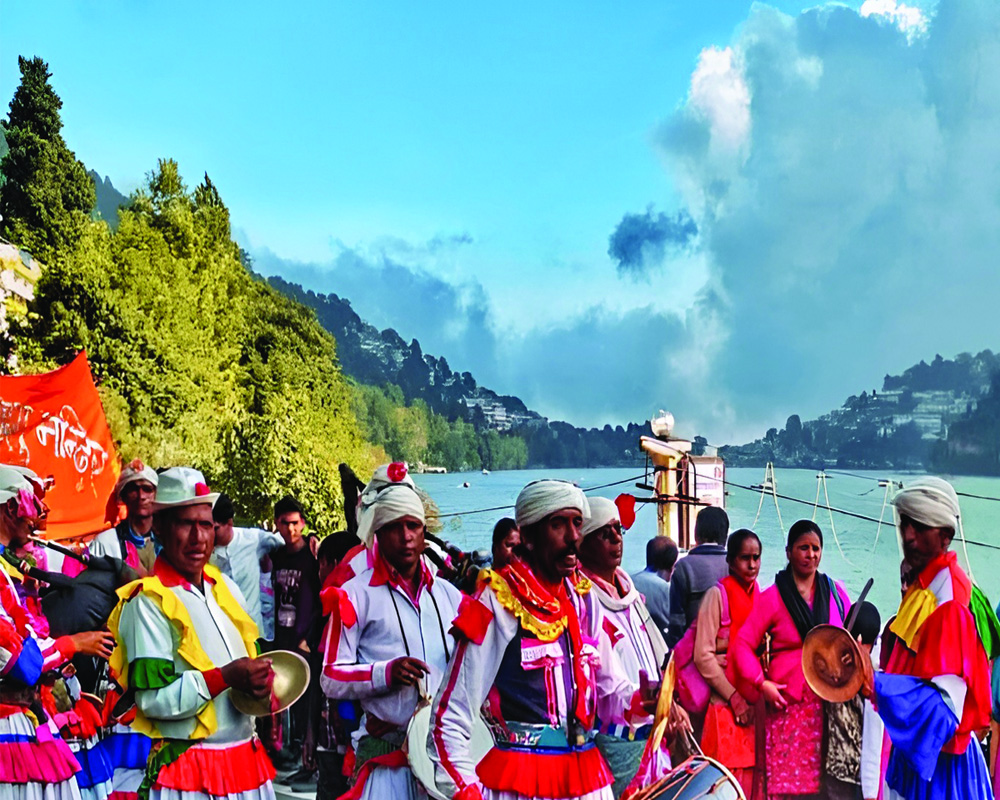








Comments (0)